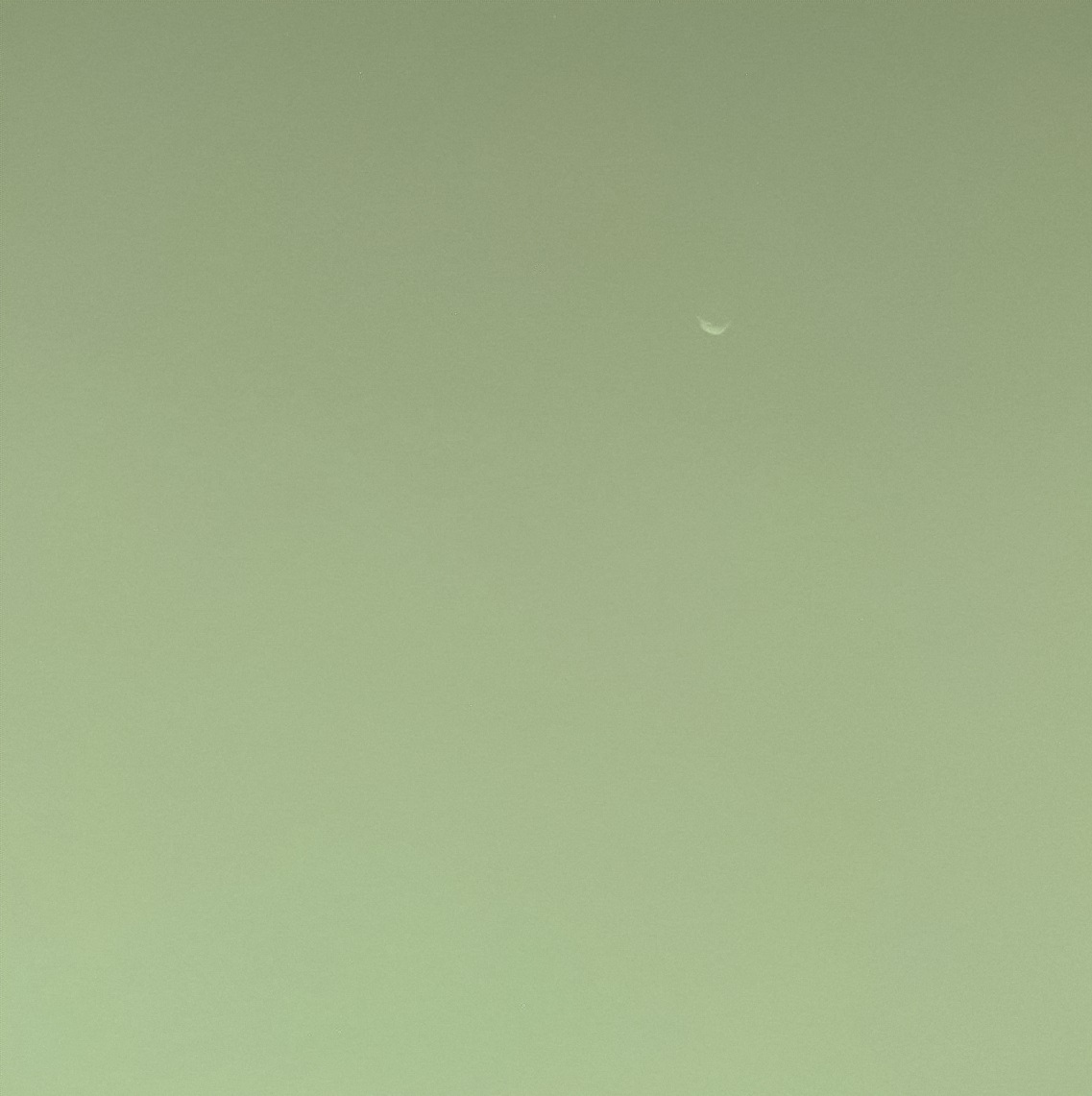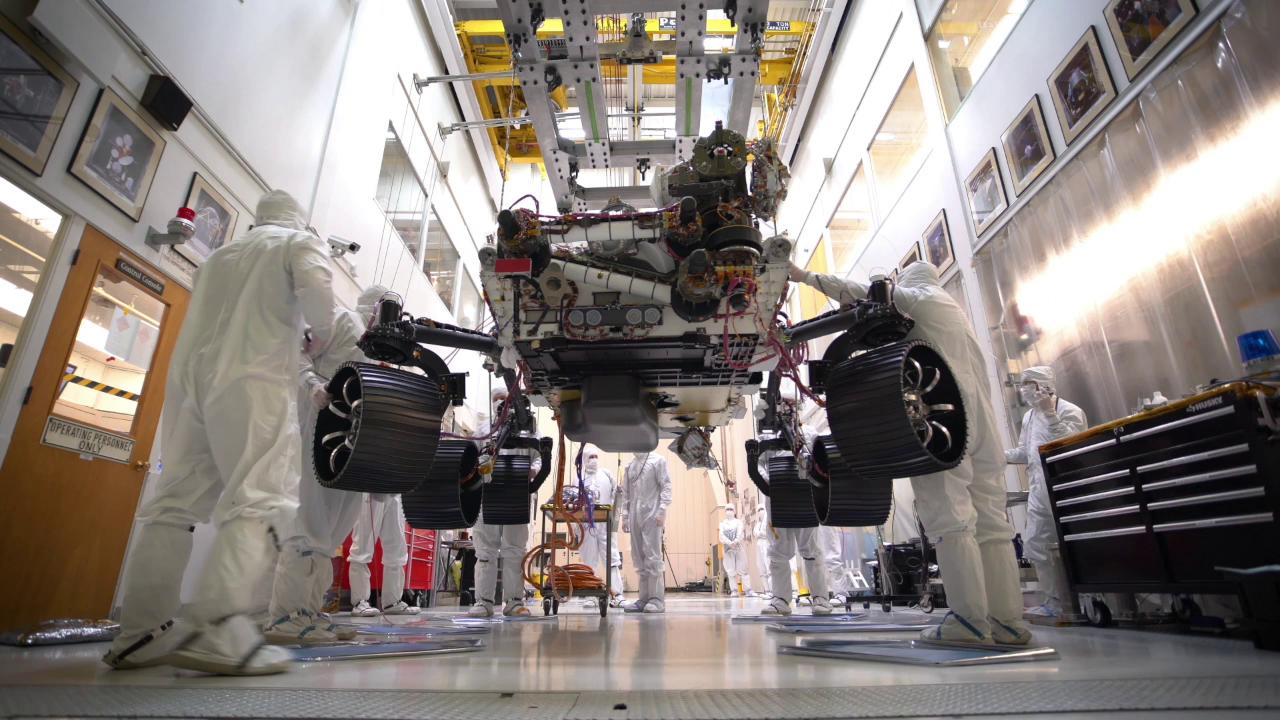For fans and enthusiasts of space exploration, the name Kevin Gill ought to be a familiar one. As a software engineer at NASA’s Jet Propulsion Laboratory who specializes in data visualization and analysis, he has a long history of bringing space exploration to life through imagery. Among his most recent offerings is a very interesting pic taken by the Curiosity rover early in its mission.
Continue reading “Curiosity Looked up and Saw Phobos During the Daytime”Mars 2020 Stands Up on its Wheels For The First Time
This coming July, the Mars 2020 rover will launch from Cape Canaveral, Florida, and begin its journey to the Red Planet. After it touches down in the Jezero Crater, the rover will commence science operations similar to what Curiosity has been doing since 2012. This will consist of driving over rough terrain, sampling the atmosphere, collecting drill samples, and subjecting them to chemical analysis.
In order to get it ready for this mission, the engineering team over at NASA’s Jet Propulsion Laboratory are putting the rover through its paces. On Oct. 8th, this included placing the full weight of the rover on its legs and wheels for the first time ever. This event, which was tantamount to an infant standing for the very first time, was captured with a time-lapse video that you can see below.
Continue reading “Mars 2020 Stands Up on its Wheels For The First Time”Curiosity Finds A Region of Ancient Dried Mud. It Could Have Been an Oasis Billions of Year Ago
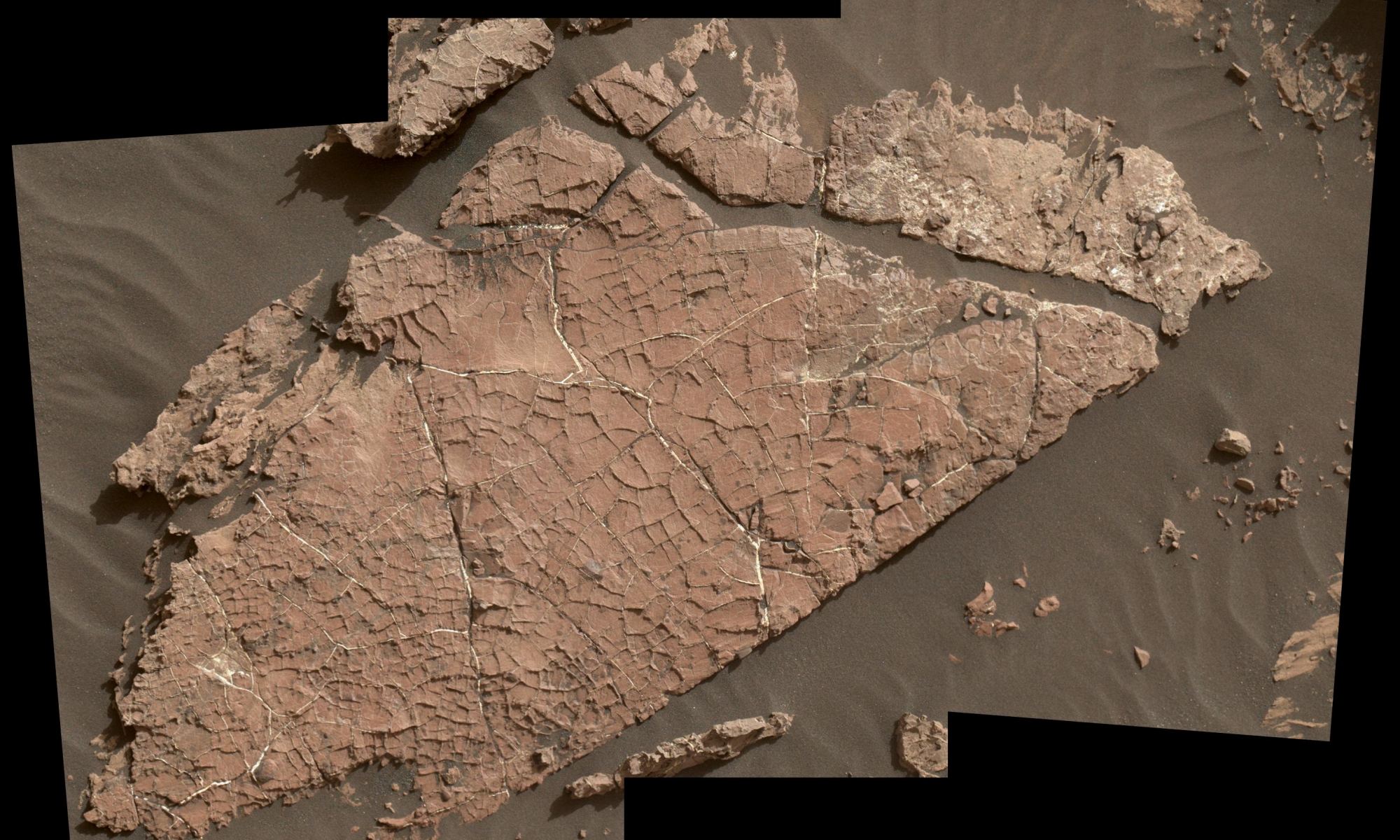
What happened to Mars? If Mars and Earth were once similar, as scientists think, what happened to all the water? Did there used to be enough to support life?
Thanks to the Mars Science Laboratory (MSL) Curiosity, we’re getting a better picture of ancient Mars and what it went through billions of years ago. A new study published in Nature Geoscience says that Mars likely underwent alternating periods of wet and dry, before becoming the frigid, dry desert it is now. Or at least, Gale Crater did.
Continue reading “Curiosity Finds A Region of Ancient Dried Mud. It Could Have Been an Oasis Billions of Year Ago”Curiosity Sniffs a Spike in Methane. Could it be a Sign of Life?
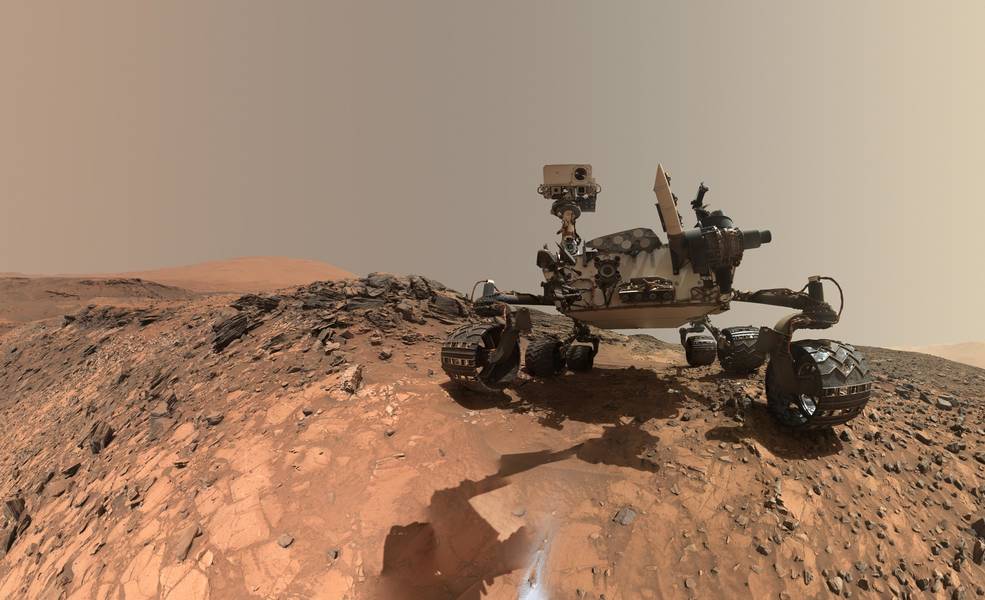
Since it landed on Mars in 2012, one of the main scientific objectives of the Curiosity rover has been finding evidence of past (or even present) life on the Red Planet. In 2014, the rover may have accomplished this very thing when it detected a tenfold increase in atmospheric methane in its vicinity and found traces of complex organic molecules in drill samples while poking around in the Gale Crater.
About a year ago, Curiosity struck pay dirt again when it found organic molecules in three-billion-year-old sedimentary rocks located near the surface of lower Mount Sharp. But last week, the Curiosity rover made an even more profound discovery when it detected the largest amount of methane ever measured on the surface of Mars – about 21 parts per billion units by volume (
Don’t Forget, Curiosity’s Sister Rover is Flying to Mars in 2020
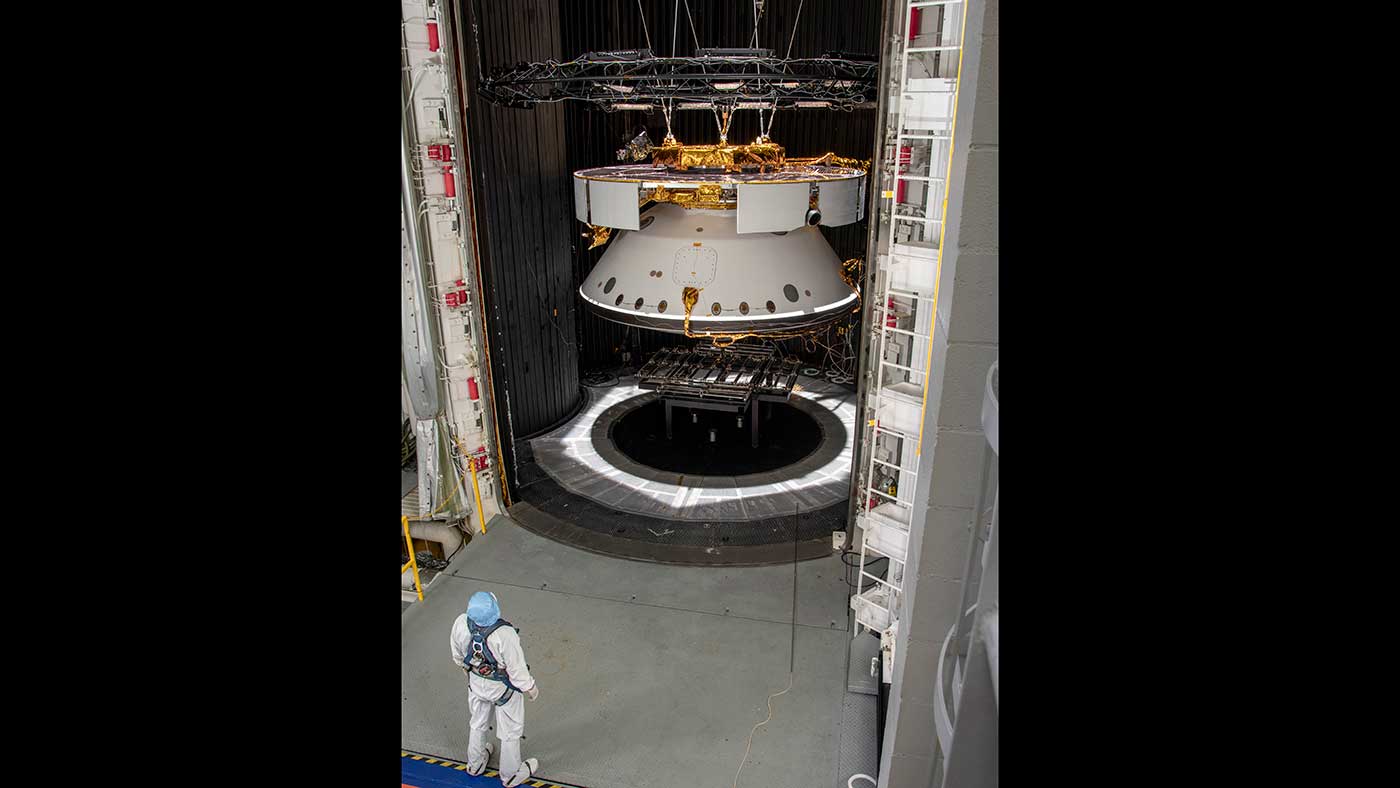
Next summer, NASA will be sending it’s Mars 2020 rover to the Red Planet. In addition to being the second rover to go as part of the Mars Exploration Program, it will be one of eight functioning missions exploring the atmosphere and surface of the planet. These include the recently-arrived InSight lander, the Curiosity rover – Mars 2020s sister-mission – and
the Opportunity rover (which NASA recently lost contact with and retired).
As the launch date gets closer and closer, NASA is busily making all the final preparations for this latest member of the Mars exploration team. In addition to selecting a name (which will be selected from an essay contest), this includes finalizing the spacecraft that will take the rover on its seven-month journey to Mars. Recently, NASA posted images of the spacecraft being inspected at NASA JPL’s Space Simulator Facility (SFF) in Pasadena, California.
Continue reading “Don’t Forget, Curiosity’s Sister Rover is Flying to Mars in 2020”NASA Senior Engineer Kobie Boykins talks About Exploring Mars. And I was There to See it!

As part of National Geographic Live, Chief Engineer Kobie Boykins of NASA’s Jet Propulsion Laboratory (JPL) has been touring the world of late. As part of the program’s goal of having featured speakers share their behind-the-scenes stories, Boykins has been showcasing the accomplishments of NASA’s Mars robotic exploration programs – of which he played a major role.
This week, his tour brought him to my hometown, where he delivered a presentation to a packed house at the Royal Theatre here in of Victoria, BC. Titled “Exploring Mars”, Boykins shared personal stories of what it was like to be an integral part of the team that created the Sojourner, Spirit, Opportunity, Curiosity and Mars 2020 rovers. I had the honor of attending the event, and being able to do a little Q&A with him after the show.
Continue reading “NASA Senior Engineer Kobie Boykins talks About Exploring Mars. And I was There to See it!”Curiosity has Finally Sampled a Clay-Rich Region on Mars
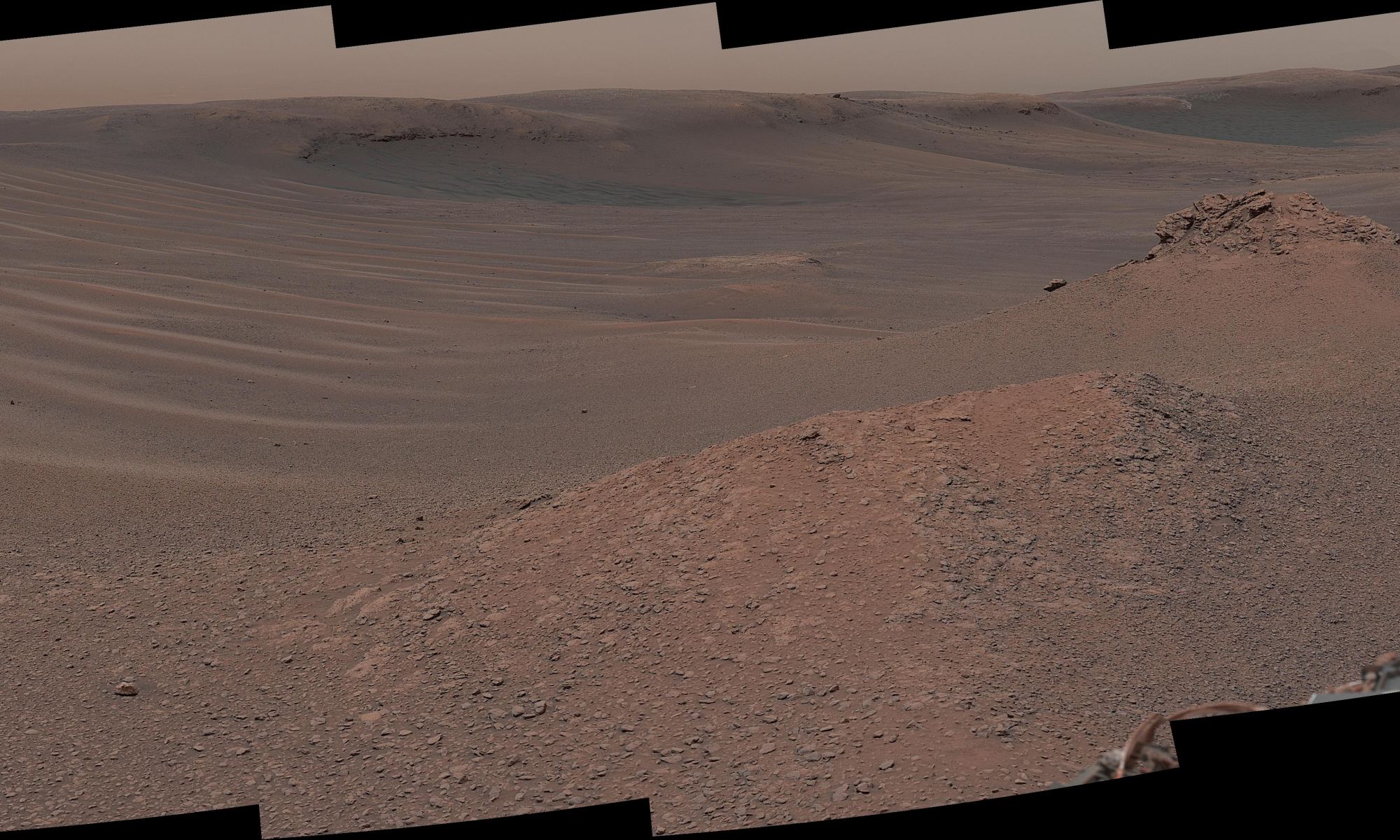
It’s hard to believe that MSL Curiosity has been on Mars for almost seven years. But it has, and during that time, the rover has explored Gale Crater and Mt. Sharp, the central peak inside the crater. And while it has used its drill multiple times to take rock samples, this is the first sample it’s gathered from the so-called ‘clay unit.’
Continue reading “Curiosity has Finally Sampled a Clay-Rich Region on Mars”Two Solar Eclipses Seen From the Surface of Mars by Curiosity
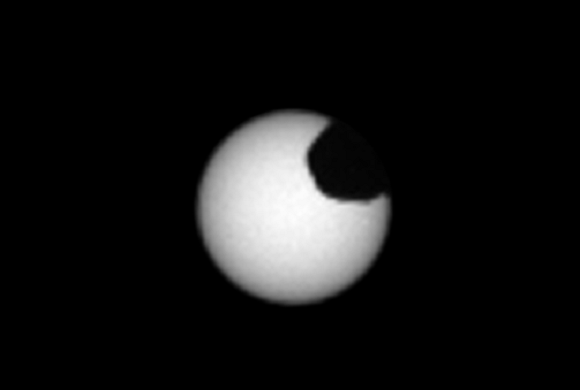
Ever since the Curiosity rover landed on Mars in 2012, it has provided NASA scientists with invaluable data about the planet’s past, as well as some breathtaking images of the planet’s surface. Much like its predecessors, the Spirit and Opportunity rover, many of these images have shown what it is like to look up at the sky from the surface of Mars and witness celestial events.
Of these events, one of the most intriguing has to be the many Martian solar eclipses that have taken place since the rover’s landed. Last month, the Curiosity rover witnessed two eclipses as the moons of Phobos and Deimos both passed in front of the Sun. These latest eclipses will allow scientists to fine-tune their predictions about Mars’ satellites and how they orbit the Red Planet.
Continue reading “Two Solar Eclipses Seen From the Surface of Mars by Curiosity”Curiosity Crashed, but it’s Working Fine Again. NASA Won’t Have to Send Astronauts to Turn it off and Back on Again.

In 2012, NASA’s Curiosity rover landed in the Gale Crater on Mars and began exploring for clues about the planet’s past and subsequent evolution. Since 2014, it has been investigating Mount Sharp (aka. Aeolis Mons) – the central peak within Mars’ Gale Crater – in the hopes of learning more about Mars’ warm, watery past (and maybe find signs of past life!)
On February 15th of this year (Sol 2320), Curiosity gave mission controllers a bit of a scare when it suffered a technical glitch and automatically entered safe mode. Luckily, as of Thursday, Feb. 28th, Curiosity’s science team reported that after getting the rover back online and running a series of checks, the rover is in good shape and ready to resume normal science operations.
Continue reading “Curiosity Crashed, but it’s Working Fine Again. NASA Won’t Have to Send Astronauts to Turn it off and Back on Again.”NASA used Curiosity’s Sensors to Measure the Gravity of a Mountain on Mars
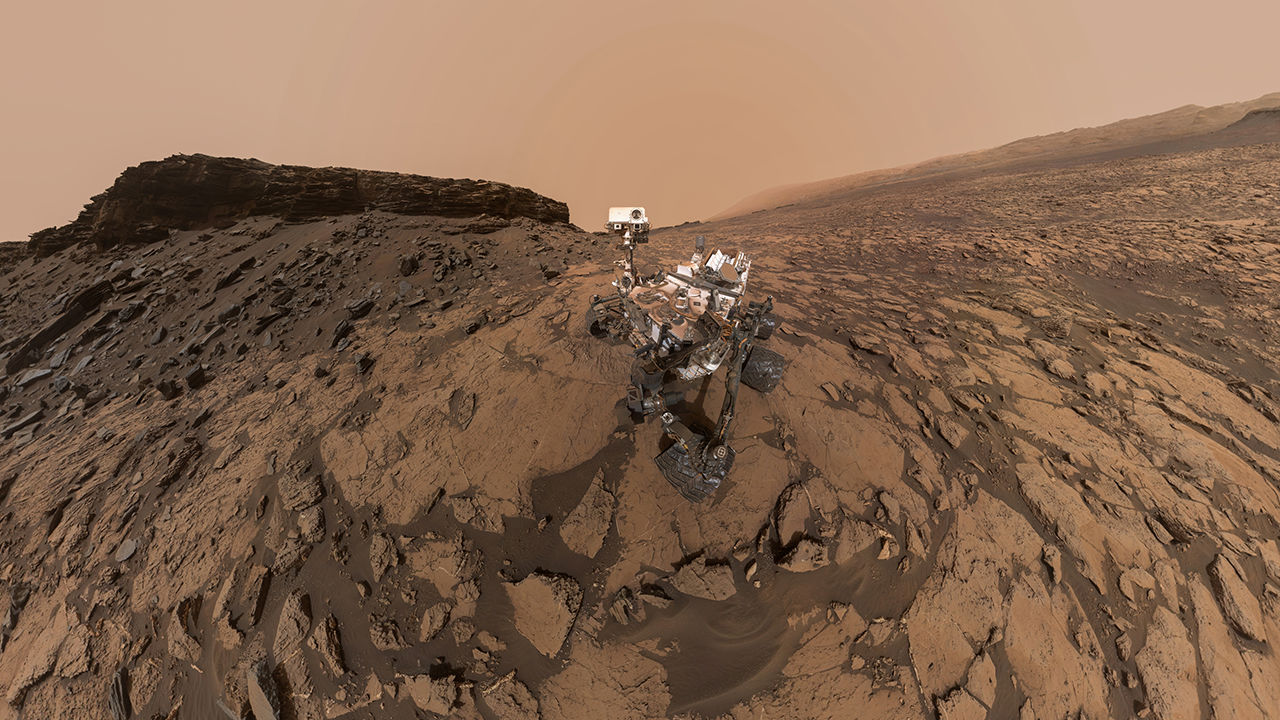
Some very clever people have figured out how to use MSL Curiosity’s navigation sensors to measure the gravity of a Martian mountain. What they’ve found contradicts previous thinking about Aeolis Mons, aka Mt. Sharp. Aeolis Mons is a mountain in the center of Gale Crater, Curiosity’s landing site in 2012.
Gale Crater is a huge impact crater that’s 154 km (96 mi) in diameter and about 3.5 billion years old. In the center is Aeolis Mons, a mountain about 5.5 km (18,000 ft) high. Over an approximately 2 billion year period, sediments were deposited either by water, wind, or both, creating the mountain. Subsequent erosion reduced the mountain to its current form.
Now a new paper published in Science, based on gravity measurements from Curiosity, shows that Aeolis Mons’ bedrock layers are not as dense as once thought.
Continue reading “NASA used Curiosity’s Sensors to Measure the Gravity of a Mountain on Mars”
